Tretinoin and Retinol Which Therapy Should You Choose?
Retinol is an over-the-counter retinoid and a more powerful, more effective version of retinaldehyde and retinyl palmate. Tretinoin, on the other hand, is a synthetic vitamin A prescribed by your dermatologist or health care professional.
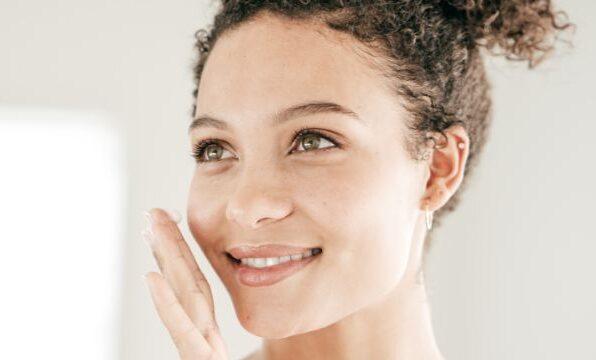
Blog Posts
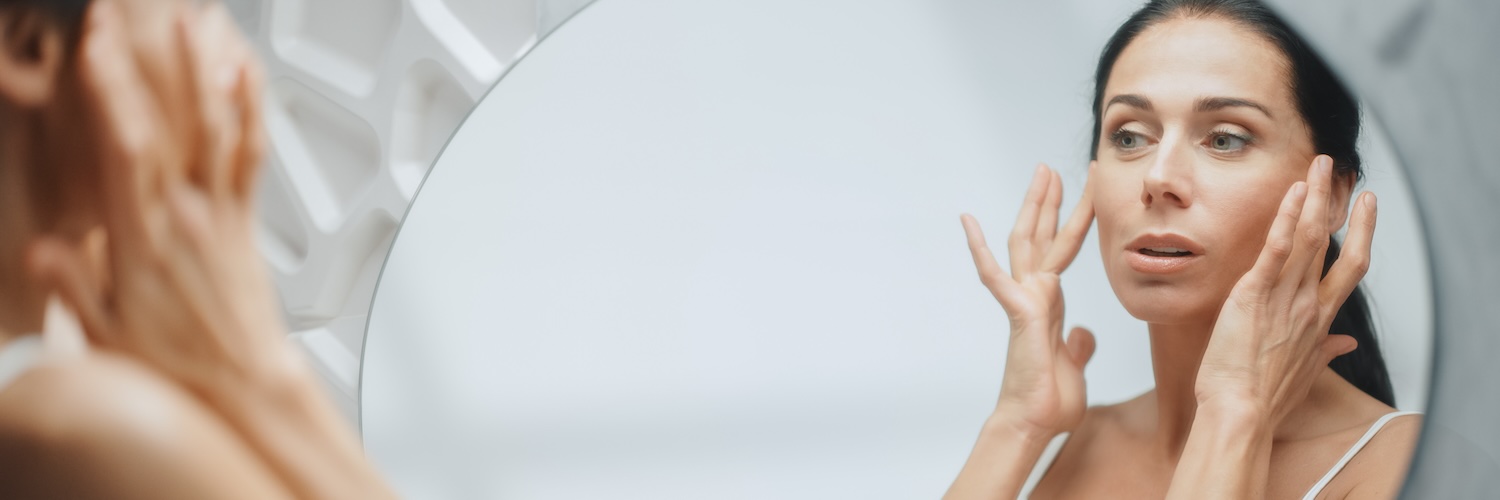
Maximizing Your Botox® Treatment – Dermatologist Tips

Comparing Botox®, Dysport®, and Xeomin®

Why You Should Wear Sunscreen in the Car
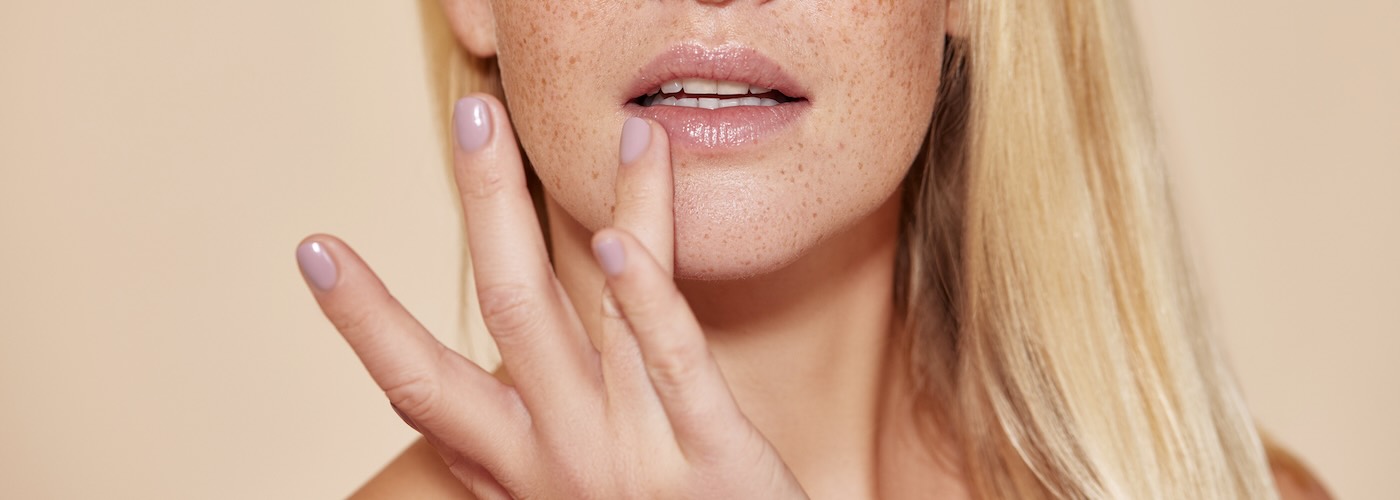
Lip Flip: What You Need to Know
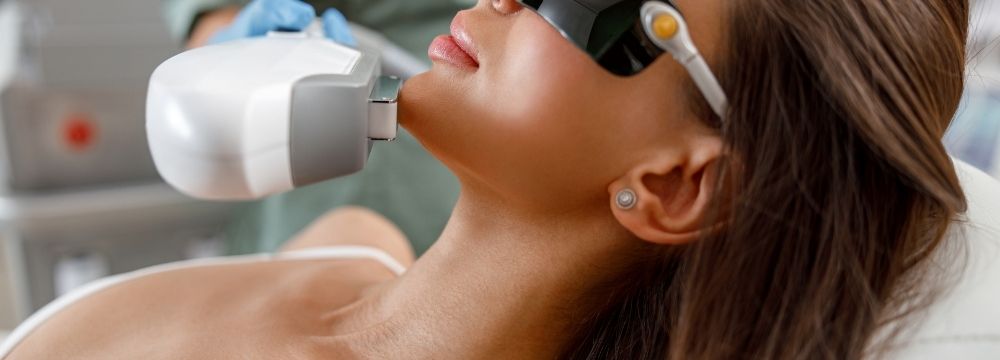
Is IPL Worth It?
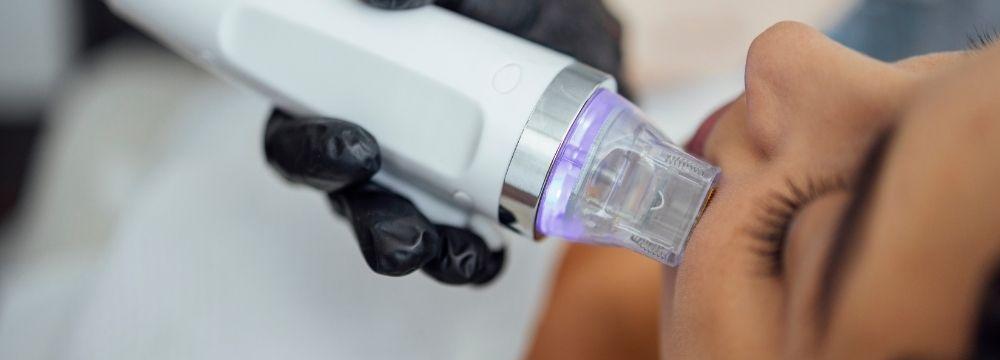
RF Microneedling vs. Fraxel Laser – How to Choose?

Why Routine Skin Exams Are So Important

Maximizing Your IPL or Laser Results

The Lowdown on Lip Filler (and 3 Myths Debunked!)
